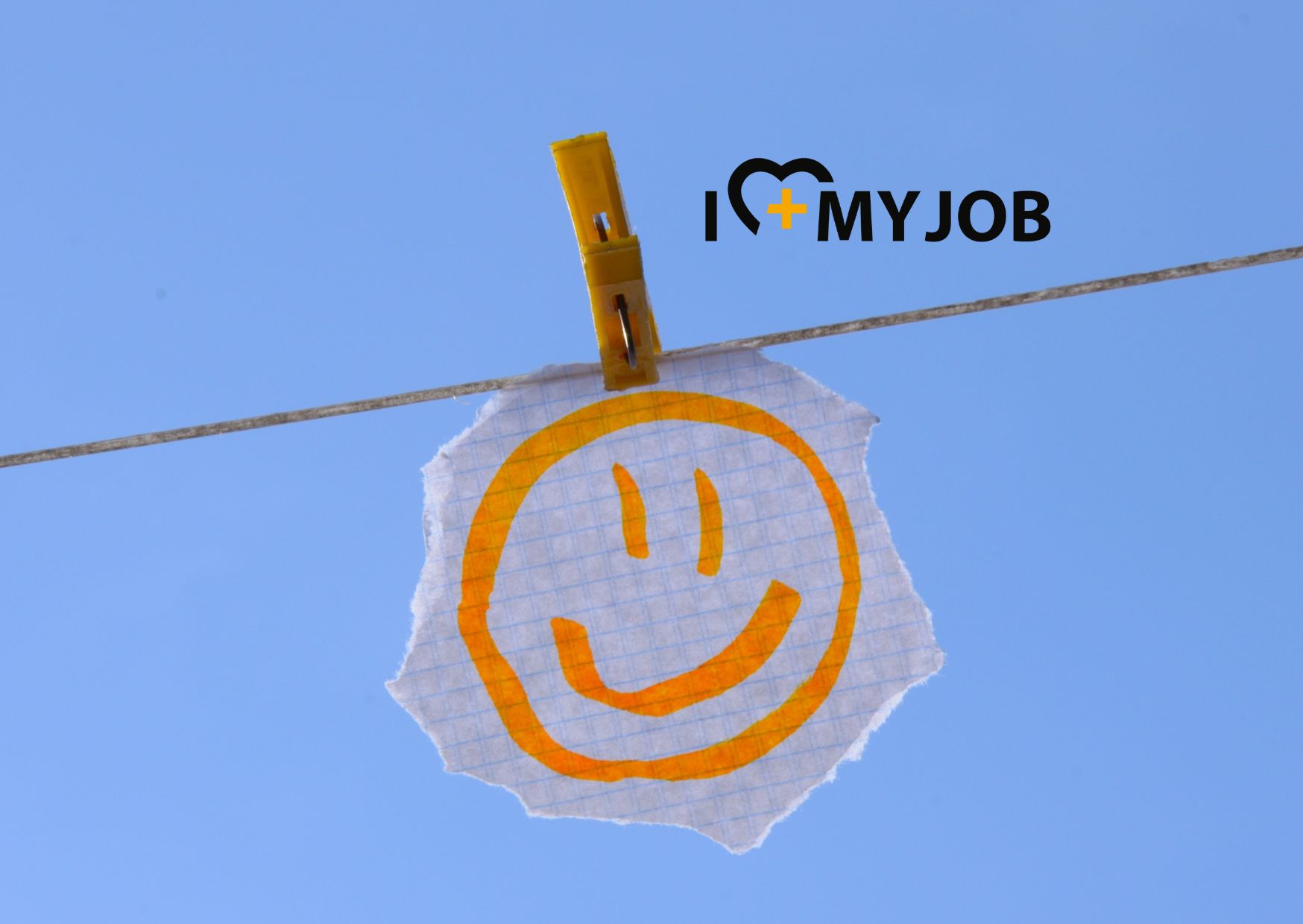Agile vs traditional team
Traditional teams and organizations are primarily characterized by a stable and hierarchical structure. It builds on the idea of an organization as a machine, with a static structure and run by planning and control to execute one or very few business models.
Agile teams are more like living systems where the coworkers work autonomously but within certain guidelines towards a clear purpose. The agile way of thinking has been developed to work in an unpredictable and quickly changing environment. Agile organizations are both stable and dynamic. They focus on customers, internal as well as external, and adopt quickly to changes. Agile teams are open, including, and non-hierarchical. They develop continuously and promote experimenting where you can fail and learn.
We believe that agile teams are much better equipped for the future than more traditional ones.
Agile leadership
Agile teams and agile organizations require another type of leadership than what many people are used to. The leadership is one of the most important keys to form a culture, and it is also one of the biggest obstacles to succeed with an agile transformation.
Considering how much freedom your agile teams will have, perhaps you wonder what you can actually do as a leader? Your role is more about coaching than pointing with the whole hand, so you might need to challenge yourself in the way you are as a leader, to succeed in leading your agile team, and strengthen an agile culture.
Here are some thoughts and hints to you who are leading agile teams:
- Choose team members who really want to be part of the team. It is good to create teams where the members have different backgrounds and skills, but it is important to have conditions for high affinity in the team. Support the team actively, so that they get to know each other until the team is up and running and more autonomous.
- Ensure that the team itself has the highest possible power to take decisions. Give the team a clear purpose and clear guidelines, and subsequently let them get started with their work and make their own decisions.
- This said, don’t let the team go totally ‘bananas’! You have to get engaged in heavier decisions, affecting the project or your business.
- Communicate the team’s area of responsibility clearly, and explain the complexity so that other people have reasonable expectations on what your team can achieve.
- Since your team probably are working on something that has not been done before, the risk of failure is higher. The team needs to know that you are there for them and support them, and they need to feel that it is okay to fail.
- Let the team make mistakes and learn from them, and really encourage the team to try new, fail and learn.
- When agile teams really fail, it is often because there are too many obstacles in the system, regardless if these are processes for approval, budgets, other stakeholders, work processes or something else. Remove all obstacles that you can, so that your team get the right conditions to succeed. If you want to work agile, it is possible that your old processes and methods are not working anymore.
- Balance the control of your team so that they do not feel monitored. Keep yourself informed, but do not try to control and approve every step on the way. Ask ‘What can I do to help you?’, rather than ‘What have you achieved?’.
- Remember the importance of psychological security: it is okay to have different thoughts and opinions, and it is okay to have different backgrounds and skills.
- Encourage the team to communicate their success and their skills. This supports the organization and your transformation towards a more agile business.
How agile are you in your team?
Try Agile Puls!
Measure and act to transform your team to become more agile.
Why does Puls Solutions exist?
Puls Solutions exists because we want to develop teams and leaders to feel and perform better.
We offer an AI-based employee engagement platform to create the right conditions for a good work environment and high employee engagement. A platform that is the team´s best friend.
Our platform involves the employees, relieves the managers and helps them to prioritize and implement improvements that leads to increased employee engagement and increased business results. For real.




